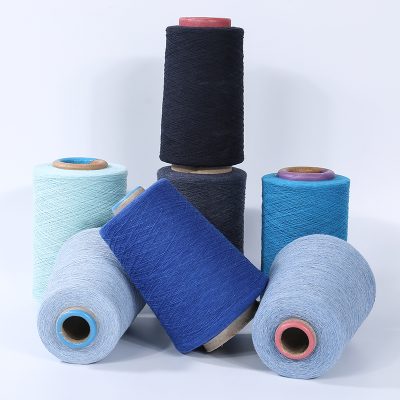
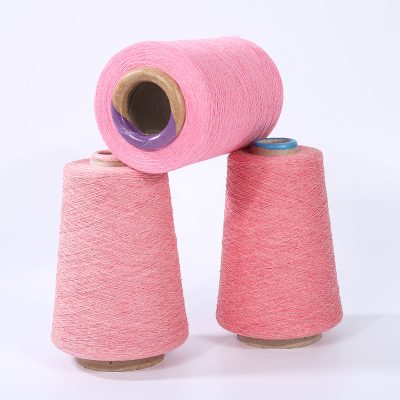
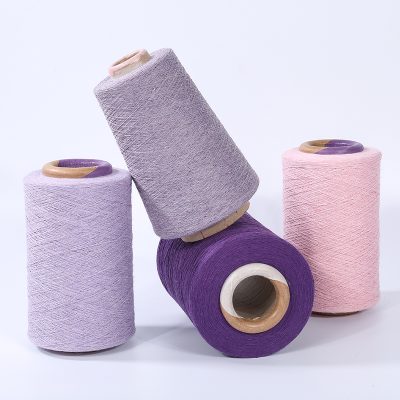

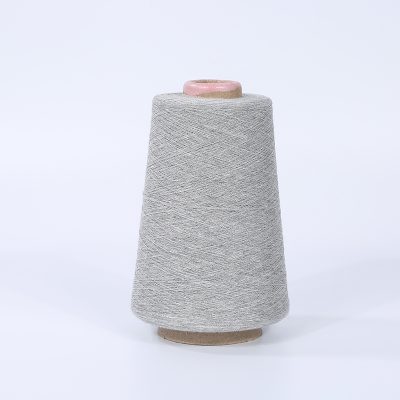
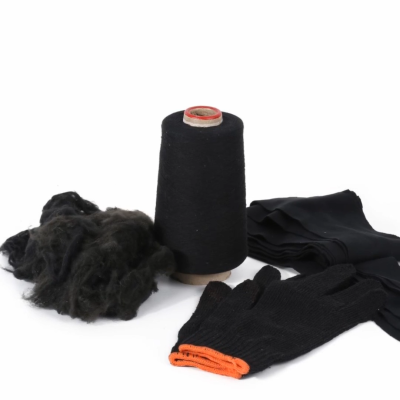
| Product name: | blended yarn |
| Composition: | Mink cashmere blended |
| Yarn count: | 36s/2 |
| Wight | 0.15kg |
| Color: | Selectable or Customized |
| Package: | 1000g+20g/set |
| Usage: | Hand knitting for clothes,scarves,socks,sweaters,etc. |
| Feather | Bright and shinning/Healthy/Fresh color and eco-friendly |
| MOQ | 4 |
| Quality | Good standard |
Blended is a blended chemical fiber fabric. It is a textile product made of chemical fiber and other natural fibers such as cotton, silk, linen and other natural fibers. It has both the style of polyester and the advantages of cotton fabrics, such as polyester-cotton cloth and polyester-wool gabardine. Blended fabrics are divided into wool and viscose blended fabrics, sheep and rabbit hair quilted fabrics, TR fabrics, high-density NC fabrics, 3M waterproof mousse fabrics, TENCEL fabrics, soft silk, TNC fabrics, composite fabrics, etc.
For example, polyester-cotton blended fabric is made of polyester as the main component, and is made of 65%-67% polyester and 33%-35% cotton blended yarn. Polyester-cotton fabric is commonly known as cotton. The raw materials of the products are polyester staple fiber and cotton. The conventional varieties of polyester-cotton yarns mainly include: 65% polyester and 35% cotton, 80% polyester and 20% cotton in two conventional ratios. The polyester content is greater than the cotton content and is called polyester-cotton yarn, code T/C; if the cotton content is high For polyester, the name of the yarn should be called CVC yarn.
The purpose of blending is to reduce the cost of woolen fabrics without reducing the style of woolen fabrics due to the mixing of viscose fibers. The mixing of viscose fiber will make the fabric’s strength, wear resistance, especially wrinkle resistance, bulkiness and other properties significantly worse. Therefore, the viscose content of combed wool fabrics should not exceed 30%, and the viscose fiber content of carded wool fabrics It should not exceed 50%.


























